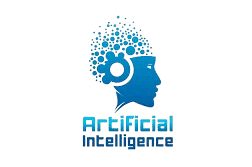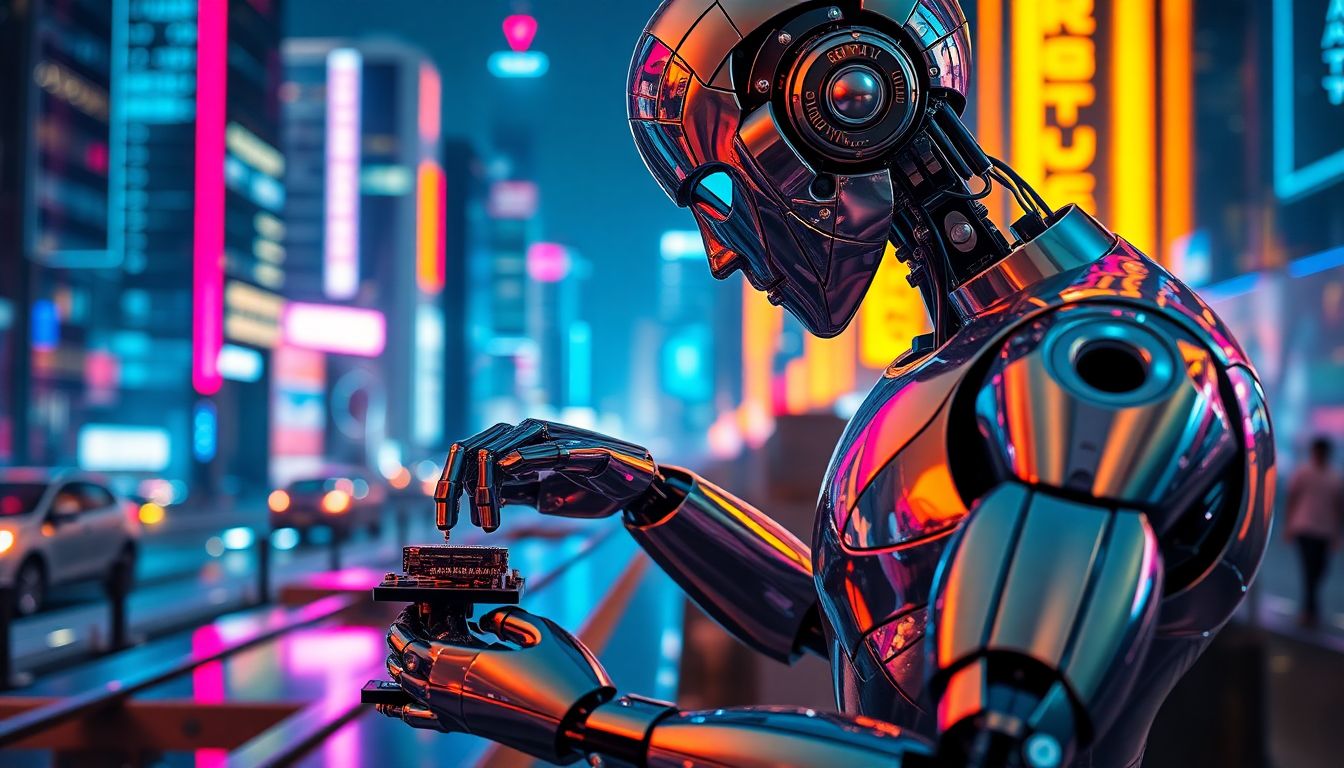But we’re making things easier with these robotic tools.
Envision a world where robots operate alongside individuals, fulfilling tedious and hazardous roles. These robots are not just any robots; they learn and think using smart technology. All thanks to the use of artificial intelligence (AI) in robotics, that is the reality now.
AI is akin to giving robots a brain. It allows them to make decisions and fix problems. Robotics, the science of designing, building, and running robots. AI boosts what robots can do. That makes them more useful than ever.
AI-Driven Robots For Improved Automation
Artificial intelligence (AI) algorithms also allow robots to perform tasks without constant supervision. They can adapt to circumstances, which can change over time. This minimizes calls on humans to intervene. It’s a massive leap forward for automation.
AI-Based Navigation and Path Planning
Artificial intelligence shows robots where to go. One such technique, known as SLAM, allows robots to build maps. They dodge bumps and head on efficient paths. In places where people are crowded together, this is essential. This type of system is used in warehouses and factories.
Adaptive Gripping and Manipulation
Robots have a hard time picking stuff up. AI changes that. Items are recognized by robots with computer vision. They then figure out how to best grab. They are more precise when manipulating objects.
Applications of AI in Robotics in Manufacturing
Efficiency and precision are the bedrocks of manufacturing. AI-driven robots deliver both of these. They increase safety too. That’s a victory for the industry.
Quality Control and Predictive Maintenance
Using sensors, robots collect data. AI uses this data to anticipate risks. This reduces downtime and maintenance costs. AI also detects defects in products, thereby maintaining standards.
Manufacturing with Collaborative Robots (Cobots)
Cobots can work alongside people directly. They feel human movement and they adapt. It makes it easier to assemble and move items around. They help make the workplace safer and role-designation is more specific.
Artificial Intelligence Applications in Healthcare Robotics
There are several ways that AI is transforming healthcare. Surgical robots are providing assistance on ops. They are also with our patients. Innovation is happening; a new world is emerging.
AI-Assisted Precision in Surgical Robots
AI assists surgeons as they perform operations. AI enhances precision and governance. It also improves sight in more challenging work. These advantages translate to improved outcomes for patients.
Rehabilitation & Assistive Robots with Artificial Intelligence
It can be a challenging path to recovery. AI robots offer personalized therapy. They monitor patients’ progress and also help the elderly or disabled. These robots insert important support.
Robotics in Logistics and Supply Chain Using AI Applications
Transporting goods between locations requires meticulous planning. AI delivers productivity and accuracy gains in logistics. It can optimize everything from warehouses to delivery routes. Errors are also reduced.
Revolutionizing Supply Chain in Warehouses with the Power of AI
Warehouses are busy places. AI robots pick and pack goods and automate tasks. This streamlines the stock management process. These processes becoming automated results in less errors.
AI-Driven Vehicles for Last-Mile Delivery
Getting packages to your doorstep is the final step. AI provides patient transport through self-driving vehicles and drones. These find the best routes. Delivery time is thus shortened.
The Future of AI in Robotics
What’s next in the world of AI and robotics? Expect big improvements. But we also have to think about risk, and ethical dilemmas. What could the implications for the world be?
Safety Standards and Ethical Considerations
We need to consider the ethics of AI robots. What happens to jobs? Could they be biased? That is nothing but strong safety rules. Citizens want to feel safe and protected.
Training on Data Until October 2023
Robots and people will work closer together in the future. AI will be taught based on its outputs. Robots will adapt to new work more easily. Such teamwork will unleash new efficiencies.
Conclusion: Accept The AI-Robotics Revolution
Benefits of AI in Robotics: It stimulates manufacturing, health care, and logistics. AI is revolutionizing ways of getting stuff done.
Consider this a call out to go with the flow. There are challenges ahead. Yet, the possibilities are plentiful. Welcome to the AI-robotics revolution. We should be harnessing its benefits.

